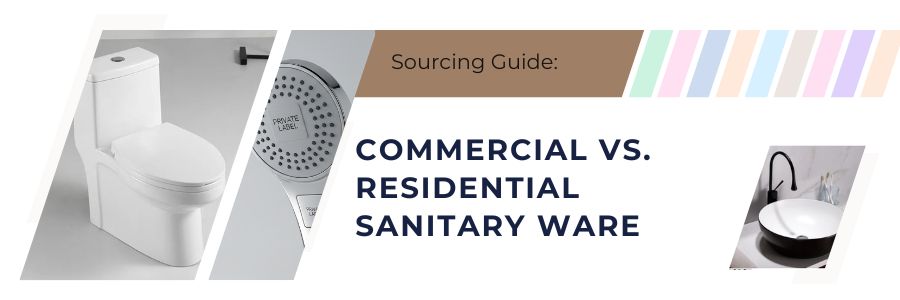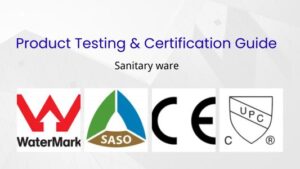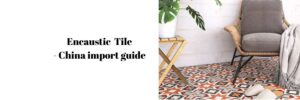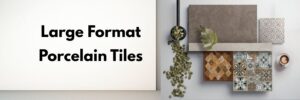As a tile and bathroom supplier working with contractors for over a decade, I’ve seen many project headaches stem from one simple mistake: treating commercial and residential bathroom products as interchangeable.
They’re not—not even close.
A toilet designed for a family home simply can’t withstand the traffic of a shopping mall restroom. Conversely, commercial-grade fixtures often look institutional and lack the design finesse homeowners expect.
If you’re a contractor handling both commercial and residential projects, understanding these differences is crucial for your success. In this guide, I’ll walk you through everything you need to know about sourcing the right sanitary ware for different project types.
What Are the Key Differences Between Commercial and Residential Sanitary Ware?
While both commercial and residential bathroom products serve the same basic functions, they differ significantly in several key aspects:
1. Durability Requirements
Commercial:
- Must withstand hundreds of uses daily
- Should maintain functionality for 10+ years with minimal maintenance
- Needs to handle rougher treatment from the public
- Must resist vandalism in some settings
Residential:
- Typically handles 10-20 uses per day
- Expected lifespan of 5-15 years depending on quality tier
- Used by people who have an interest in maintaining it
- Rarely subjected to intentional damage
2. Design and Aesthetics
Commercial:
- Emphasizes functionality and durability over appearance
- Often features institutional design for easy maintenance
- Limited finish options focused on durability
- Size and configuration optimized for accessibility and space efficiency
Residential:
- Emphasizes design aesthetics and comfort
- More diverse style options to match home décor
- Numerous finish options and decorative elements
- Size and configuration based on user preference and bathroom design
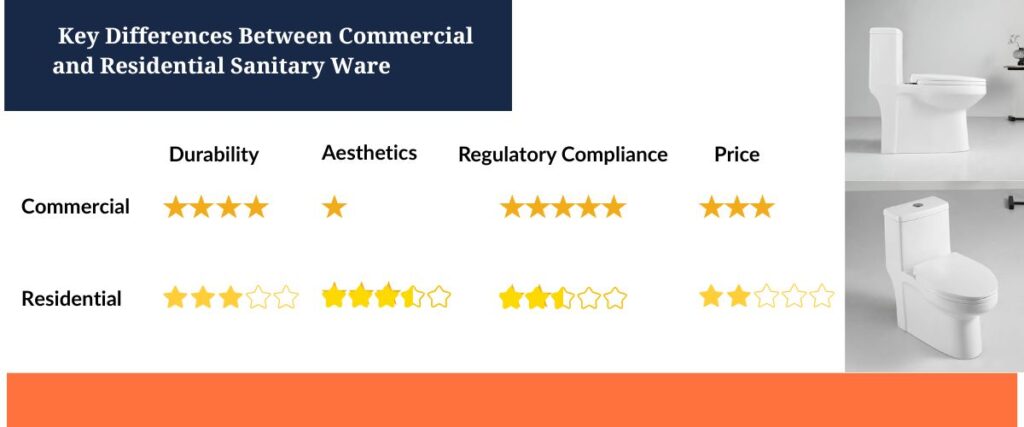

3. Regulatory Compliance
Commercial:
- Must meet strict commercial building codes
- ADA compliance often mandatory (in the US)
- Higher water efficiency standards in many jurisdictions
- More rigorous safety certification requirements
Residential:
- Residential building codes apply (typically less stringent)
- ADA compliance optional unless specifically required
- Standard water efficiency regulations
- Standard safety certification requirements
4. Price Structures
Commercial:
- Volume pricing models
- Higher base price for comparable models
- Emphasis on total cost of ownership
- Warranty structured for commercial use
Residential:
- Individual unit pricing
- Lower initial cost for comparable quality
- Emphasis on initial purchase price
- Warranty structured for residential use
If you’re wondering about quality tiers within these categories, check out my detailed breakdown in Price vs. Quality: Understanding the Different Tiers of Chinese Bathroom Products.
How to Select the Right Sanitary Ware for Different Project Types
Not all commercial projects have identical requirements, and the same goes for residential projects. Here’s how to match products to specific project categories:
Commercial Project Categories
1. High-Traffic Public Facilities
Examples: Shopping malls, airports, stadiums, train stations
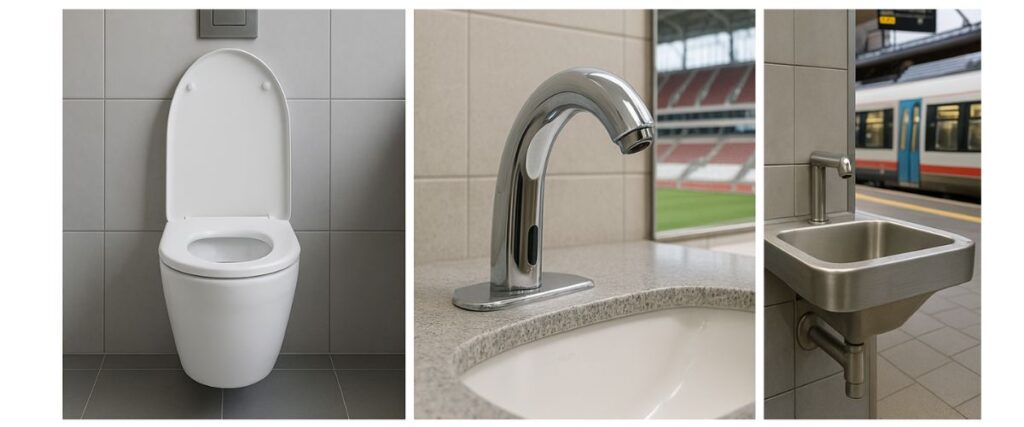

Key Requirements:
- Maximum durability under extreme usage
- Vandal-resistant features
- Touchless operation when possible
- Easy maintenance and cleaning
- Water efficiency to reduce operational costs
Recommended Products:
- One-piece toilets or wall-hung toilets with concealed tanks
- Heavy-duty flush valves
- Sensor-operated faucets
- Solid surface or stainless steel sinks
2. Hospitality Settings
Examples: Hotels, restaurants, resorts
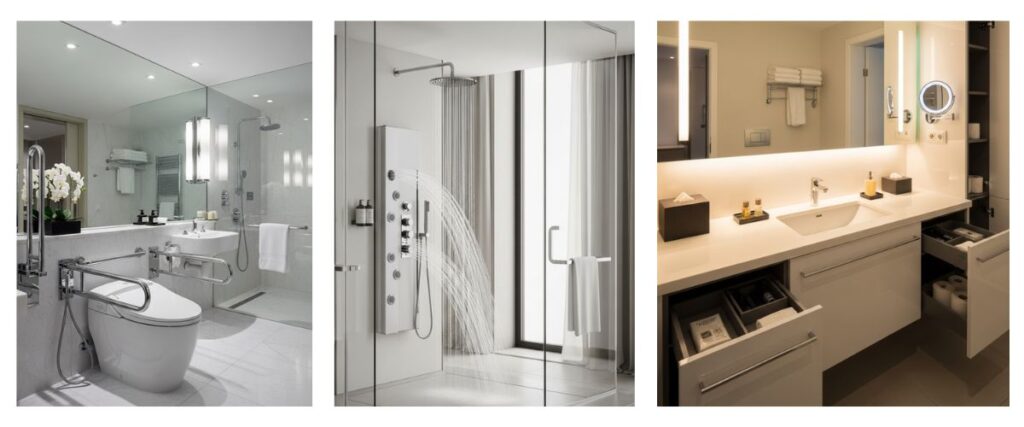

Key Requirements:
- Balance of durability and aesthetics
- Higher-end finishes that maintain appearance
- Water efficiency for operational cost control
- Easy maintenance while looking upscale
- Sound dampening (especially in hotels)
Recommended Products:
- Wall-hung toilets, or one-piece toilets with concealed trapways
- Undermount or vessel sinks with durable faucets
- Mid to high-end shower systems
- Custom vanities with commercial-grade construction
- Designer grab bars that combine safety and style
3. Office Buildings
Examples: Corporate offices, coworking spaces, small business facilities
Key Requirements:
- Moderate durability for medium traffic
- Professional appearance
- Water efficiency
- Easy cleaning and maintenance
- Value-oriented pricing for larger installations
Recommended Products:
- Two-piece commercial toilets or one-piece toilets
- Drop-in or undermount sinks
- Sensor or lever-handled faucets
- Standard commercial partitions
- Matching accessories for a coordinated look
4. Institutional Settings
Examples: Schools, hospitals, government buildings
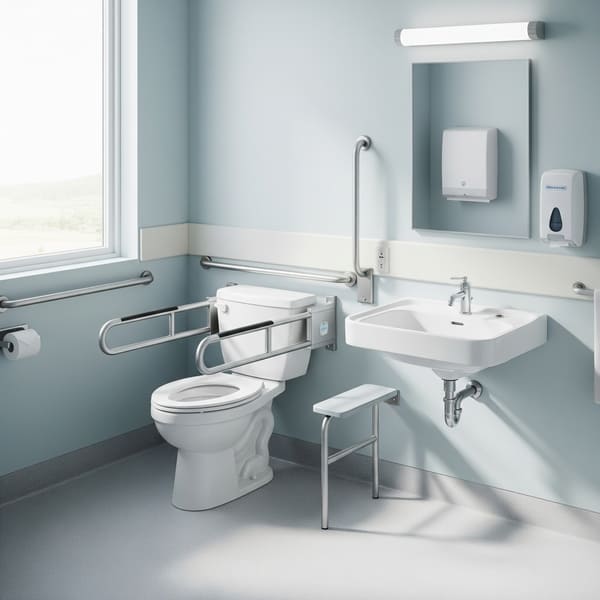

Key Requirements:
- High durability under consistent usage
- Infection control features (especially for healthcare)
- ADA compliance
- Vandal resistance (especially for schools)
- Cost-effective maintenance
Recommended Products:
- One piece toilet or wall-hung toilets with exposed flush valves
- Solid surface integrated sink countertops
- Sensor faucets with temperature limiters
- Institutional shower systems
- Specialized fixtures for healthcare settings
Residential Project Categories
1. Luxury Residential
Examples: High-end custom homes, luxury condominiums
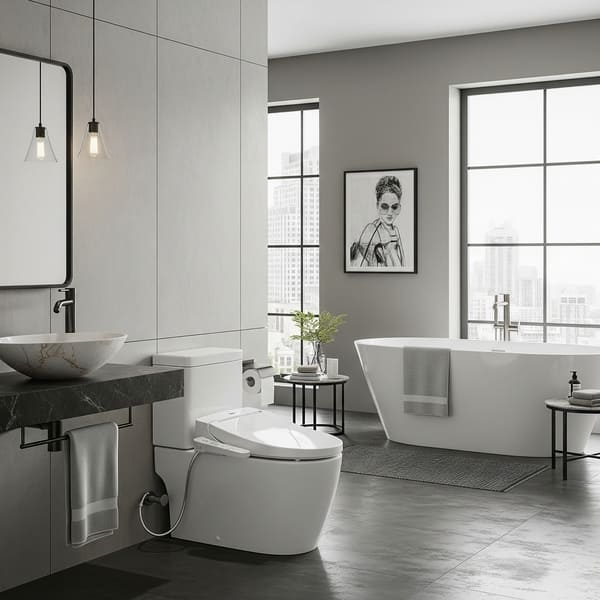

Key Requirements:
- Premium aesthetics and design
- High-quality materials and finishes
- Cutting-edge features and technology
- Custom sizing and configuration options
- Silent operation
Recommended Products:
- Smart toilets with integrated bidets
- Designer vessel or undermount sinks
- Waterfall or touchless faucets
- Custom shower systems
- Statement bathtubs
2. Mid-Range Residential
Examples: Standard single-family homes, mid-market condominiums
Key Requirements:
- Good balance of quality and value
- Contemporary design options
- Standard sizes with some customization
- Reliable performance
- Reasonable water efficiency
Recommended Products:
- One-piece toilet or two-piece comfort height toilets
- Undermount or drop-in sinks
- Single-handle faucets with limited lifetime warranty
- Standard shower/tub combinations
3. Multi-Family Residential
Examples: Apartment buildings, rental properties
Key Requirements:
- Durability exceeding typical residential
- Standardized sizes for efficient installation
- Easy maintenance and part replacement
- Cost-effective initial investment
- Acceptable aesthetics for marketing properties
Recommended Products:
- Two-piece toilets with commercial-grade components
- Drop-in sinks with pre-mounted faucets
- Standard shower/tub units with anti-scald valves
- Basic vanities with solid construction
- Limited finish options for easy replacement matching
4. Budget Residential
Examples: Starter homes, budget renovations, flipped properties
Key Requirements:
- Lowest acceptable initial cost
- Standard sizes and configurations
- Basic functionality
- Easily replaceable
- Acceptable appearance
Recommended Products:
- Basic two-piece toilets
- Top-mount sinks
- Single-handle faucets with cartridge systems
- Standard fiberglass tub/shower units
- Basic vanities
For more information on quality considerations at different price points, see my article on Price vs. Quality: Understanding the Different Tiers of Chinese Bathroom Products.
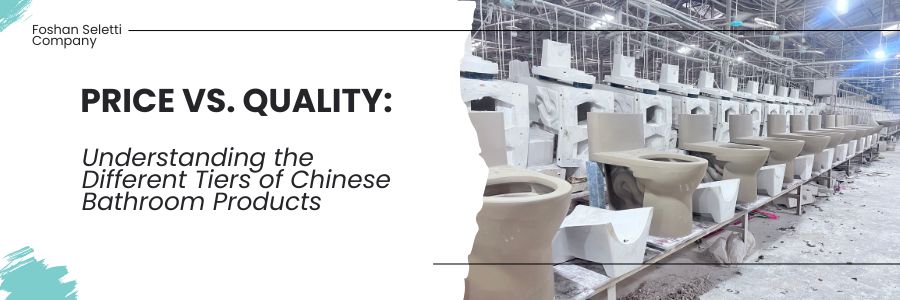

What Specifications Matter Most for Commercial vs. Residential Products?
When sourcing sanitary ware, knowing which technical specifications matter most for your project type can save you from costly mistakes:
Commercial Product Key Specifications
Toilets
- Flush Volume: Typically 1.28-1.6 GPF (4.8-6.0 LPF)
- Trapway Size: Minimum 2-3/8″ for high traffic applications
- MaP Rating: 800-1000g capacity recommended
- Mounting: Wall-hung preferred for cleaning
- Material: Vitreous china with commercial-grade glaze
- Compliance: ADA, water efficiency certifications
Lavatories (Sinks)
- Material: Vitreous china, solid surface, or stainless steel
- Mounting: Wall-hung or undermount for cleaning
- Basin Depth: Typically shallower than residential
- Overflow: Required in most commercial applications
- ADA Compliance: Necessary for public facilities
Residential Product Key Specifications
Toilets
- Flush Volume: 1.28-1.6 GPF (4.8-6.0 LPF)
- Trapway Size: 2″ standard
- MaP Rating: 600-800g typically sufficient
- Mounting: Floor-mounted most common
- Material: Vitreous china with standard glaze
- Key Features: Comfort height, soft-close seat
Lavatories (Sinks)
- Material: Vitreous china, glass, stone, metal
- Mounting: Undermount, vessel, drop-in, pedestal
- Basin Depth: Typically deeper than commercial
- Overflow: Required in most applications
- Design: Multiple style options
For an in-depth guide to evaluating quality in bathroom products, refer to my Quality Control Guide for Ceramic Bathroom Sanitary Ware.
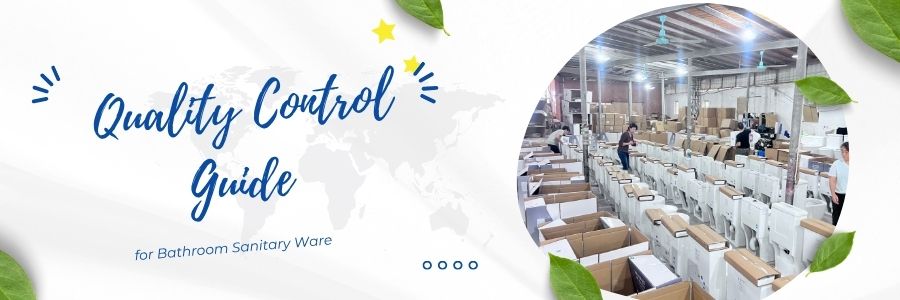

How to Source Commercial-Grade Products from Chinese Manufacturers
Sourcing commercial products requires a different approach than residential purchases:
1. Find Manufacturers with Dedicated Commercial Divisions
Not all Chinese sanitary ware manufacturers have the capability to produce true commercial-grade products. Look for:
- Dedicated commercial product lines
- Commercial project portfolios
- Commercial-specific certifications
- Experience with international commercial standards
Most of the top manufacturers I discussed in my Ultimate Guide to Chinese Sanitary Ware Brands for Importers have commercial divisions, but their capabilities vary.
2. Verify Commercial Certifications
Commercial products require specific certifications:
- ASME A112.19.2/CSA B45.1 for toilets and lavatories
- ASME A112.18.1/CSA B125.1 for faucets
- ADA compliance certification
- WaterSense certification
- UL or ETL certification for electrical components
Always request actual certification documents, not just claims.
3. Ask About Previous Commercial Projects
Reputable commercial manufacturers should have a portfolio of successful projects. Request:
- Case studies of similar projects
- References from other contractors
- Photos of installations
- Performance data from existing installations
4. Order Commercial-Specific Samples
Commercial samples should demonstrate:
- Heavier construction than residential equivalents
- Commercial-grade components
- Appropriate mounting systems
- Required compliance features
5. Understand Commercial Warranty Terms
Commercial warranties differ significantly from residential:
- Typically shorter duration (1-5 years vs. lifetime for residential)
- May exclude labor costs
- Often have usage limitations
- May require professional installation
- Could have specific maintenance requirements
6. Arrange Factory Visits When Possible
For large commercial projects, visiting the factory allows you to:
- Verify production capabilities
- Inspect quality control processes
- Discuss project-specific requirements
- Build relationship with manufacturer
For guidance on planning factory visits, see my article on How To Find A Reliable Sanitary Ware Supplier In China.
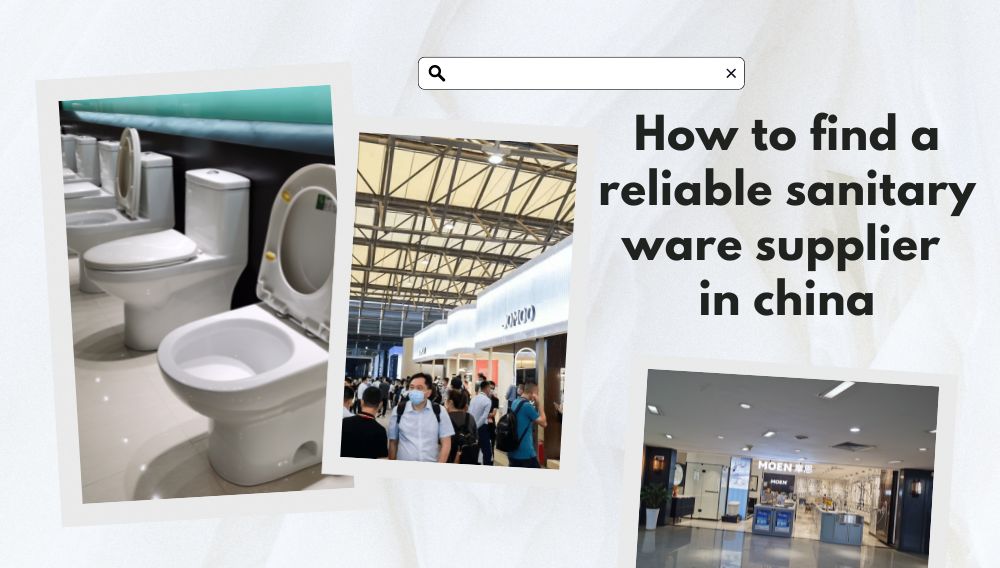

What Are Common Mistakes When Sourcing for Commercial Projects?
In my years working with contractors, I’ve seen these common mistakes repeatedly:
1. Using Residential Products in Commercial Settings
This is perhaps the most frequent and costly error. Residential products simply aren’t designed for commercial use and typically fail prematurely, leading to:
- Frequent replacements
- Water damage from failures
- Customer/client dissatisfaction
- Higher long-term costs
- Potential liability issues
2. Not Verifying Commercial Certifications
Just because a product is marketed as “commercial grade” doesn’t mean it meets all required standards. Always verify:
- Actual test reports
- Certification documentation
- Compliance with local commercial codes
- Appropriate weight-bearing capacity for wall-mounted fixtures
3. Focusing Only on Initial Cost
The lowest bid often becomes the most expensive option over time. Consider:
- Maintenance requirements and costs
- Expected lifespan in commercial settings
- Availability of replacement parts
- Warranty coverage specific to commercial use
- Installation complexity and cost
4. Overlooking ADA Requirements
ADA compliance isn’t optional for public facilities. Non-compliance can result in:
- Legal liability
- Costly retrofitting
- Project delays for corrections
- Failure to pass inspections
5. Neglecting Maintenance Considerations
Commercial bathrooms need products designed for efficient maintenance:
- Accessible service points
- Standard replacement parts
- Cleanable surfaces without hidden dirt traps
- Vandal-resistant features where appropriate
- Easy access panels for plumbing
How to Optimize Commercial Project Sourcing from China
For successful commercial project sourcing, follow these best practices:
1. Start with Detailed Specifications
Before contacting suppliers, develop comprehensive specifications including:
- Precise product types and models
- Required certifications and standards
- Usage intensity expectations
- Design and aesthetic requirements
- Budget parameters
- Installation method
- Maintenance expectations
2. Request Commercial-Specific Samples
Always request samples specifically manufactured for commercial applications:
- Test functionality under commercial conditions
- Verify weight and material thickness
- Check mounting hardware quality
- Confirm aesthetic match to project requirements
- Verify accessibility compliance
3. Consider Hybrid Sourcing Strategies
Not all bathroom components need the same commercial grade:
- Use heavy commercial grade for high-touch items (toilets, faucets)
- Consider light commercial for lower-use items
- Evaluate which components face the most abuse
- Balance durability needs with budget constraints
4. Plan for Spare Parts
Commercial installations benefit from spare parts inventory:
- Order critical replacement components with initial order
- Establish supplier relationship for future parts needs
- Document model numbers and specifications
- Consider standardizing fixtures across projects for parts interchangeability
5. Work with Specialized Commercial Importers
If direct importing seems challenging, consider specialized importers who:
- Already have relationships with commercial manufacturers
- Understand commercial certification requirements
- Can handle logistics for large commercial orders
- Provide warranty support for commercial applications
- May stock common commercial components
If you’re planning to develop your own line of commercial bathroom products, keep an eye out for my upcoming article on How to Develop Your Own Bathroom Product Line with Chinese Manufacturers.
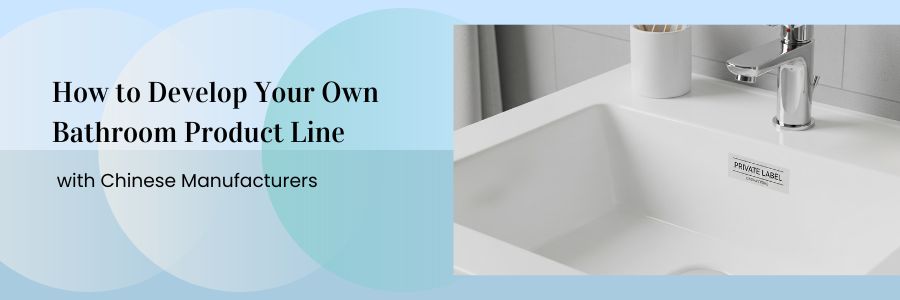

Project Type Comparison Table: Residential vs. Commercial Requirements
| Aspect | Luxury Residential | Multi-Family Residential | Office Commercial | High-Traffic Public |
|---|---|---|---|---|
| Daily Usage | 10-20 uses | 30-50 uses | 50-100 uses | 500+ uses |
| Durability Need | Medium | Medium-High | High | Very High |
| Design Priority | Very High | Medium | Medium-High | Low-Medium |
| Water Efficiency | Medium | High | High | Very High |
| Maintenance Freq. | Low | Medium | Medium | High |
| ADA Requirements | Optional | Partial | Required | Required |
| Cost Sensitivity | Low | High | Medium | Medium |
| Warranty Needs | Standard | Enhanced | Commercial | Heavy Commercial |
| Ideal Product Tier | Premium/Luxury | Mid/Premium | Commercial | Heavy Commercial |
Frequently Asked Questions
Q 1: How do I know if a Chinese manufacturer truly has commercial-grade products?
Look beyond marketing claims to verify commercial capabilities. Request proof of previous commercial projects, commercial certifications, and ask detailed questions about their testing protocols. For example: In Australia and New Zealand, the plumbing and drainage products for commerical need Watermark certification, and some also need WELS (Water Efficiency Labelling and Standards) for water-saving devices. And in the United State, The most common certification program is the WaterSense, administered by the EPA (Environmental Protection Agency), and UPC, ADA may also be required.
I recommend requesting actual commercial samples and having them independently tested if the project size warrants it.
Q 2: Can I mix commercial and residential products in a single project?
Yes, strategic mixing can optimize your budget while maintaining performance where it matters most. High-touch elements like toilets and faucets should be commercial-grade in commercial settings, while items like soap dispensers or bathroom accessories might be residential grade. In multi-family settings, using residential-styled products with commercial-grade internal components can provide both durability and marketable aesthetics.
Q 3: What’s the biggest difference in installation between commercial and residential products?
Commercial installations typically require more robust mounting systems, particularly for wall-hung fixtures. Commercial toilets often use carrier systems concealed in walls, commercial sinks need heavy-duty mounting brackets, and commercial shower systems require institutional valves and anti-scald features. Always follow manufacturer instructions for commercial installations, as they differ significantly from residential procedures.
Q 4: How much extra should I budget for commercial-grade products vs. residential?
Plan for commercial-grade products to cost approximately 30-100% more than their residential equivalents for initial purchase. However, the total lifecycle cost often favors commercial products in appropriate settings due to their longer lifespan and better durability. For accurate budgeting, I recommend requesting quotes specifically for commercial-grade products rather than estimating from residential pricing.
Q 5: Can I use smart bathroom technology in commercial settings?
Smart technology is increasingly viable in commercial settings, particularly in hospitality environments. However, commercial smart systems differ from residential ones, featuring more robust components, network capabilities for maintenance monitoring, and institutional programming options. Ensure any smart technology for commercial applications has specific commercial certification and appropriate warranty coverage.
Conclusion
Sourcing the appropriate sanitary ware for your specific project type is one of the most critical decisions you’ll make as a contractor. Residential and commercial bathroom products are designed for fundamentally different use cases, and understanding these differences will help you deliver successful projects with fewer problems.
Remember these key principles:
- Commercial settings demand commercial-grade products
- The initial price difference is justified by longer lifespan and better performance
- Certification requirements differ significantly between sectors
- Chinese manufacturers offer excellent commercial options when properly vetted
- Multi-family projects often benefit from a hybrid approach
By applying the guidelines in this article to your sourcing strategy, you’ll be able to deliver bathroom installations that perform as expected throughout their intended lifespan, keeping your clients satisfied and your reputation intact.
If you’re looking to develop your own bathroom product line customized for specific project types, watch for my upcoming guide on How to Develop Your Own Bathroom Product Line with Chinese Manufacturers, where I’ll walk through the process of creating custom-specified products for both commercial and residential applications.
Have questions about sourcing for a specific project type? Drop a comment below or contact me directly for personalized advice on your unique needs.

